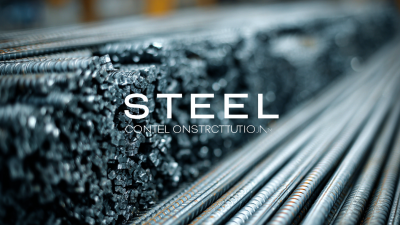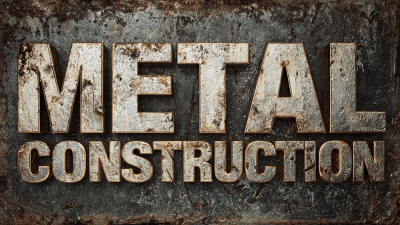
In the ever-evolving landscape of the construction industry, optimizing steel construction projects has become paramount for achieving maximum efficiency and substantial cost savings. As steel remains a primary material of choice for its durability and strength, understanding the intricacies of its application can significantly impact project outcomes.
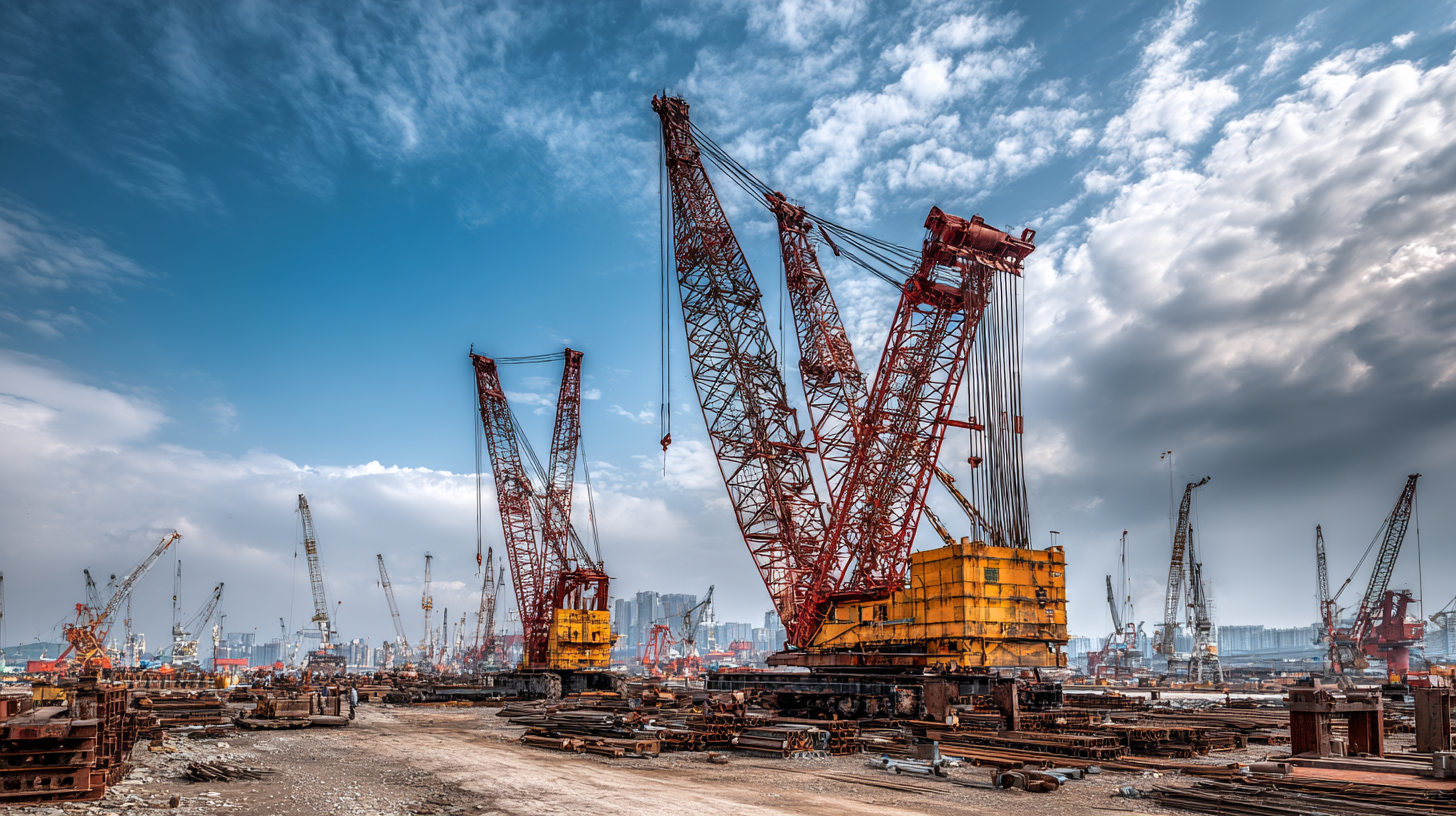
This blog will delve into effective strategies and best practices that project managers, engineers, and construction teams can implement to streamline their workflows. From meticulous planning and advanced technology integration to sustainable practices, we will explore how to harness the full potential of steel construction, ensuring projects not only meet timelines and budgets but also exceed quality expectations. Join us as we uncover the keys to elevating your steel construction projects to new heights of efficiency and savings.
Incorporating advanced technology into steel construction projects is crucial for enhancing efficiency and achieving significant cost savings. According to a report by McKinsey & Company, the construction industry could see a productivity increase of 15-20% through the adoption of digital tools such as Building Information Modeling (BIM) and automation technologies. BIM allows for improved planning and coordination among various stakeholders, thus reducing errors and rework. This not only streamlines the construction process but also minimizes delays, ensuring projects are completed on time and within budget.
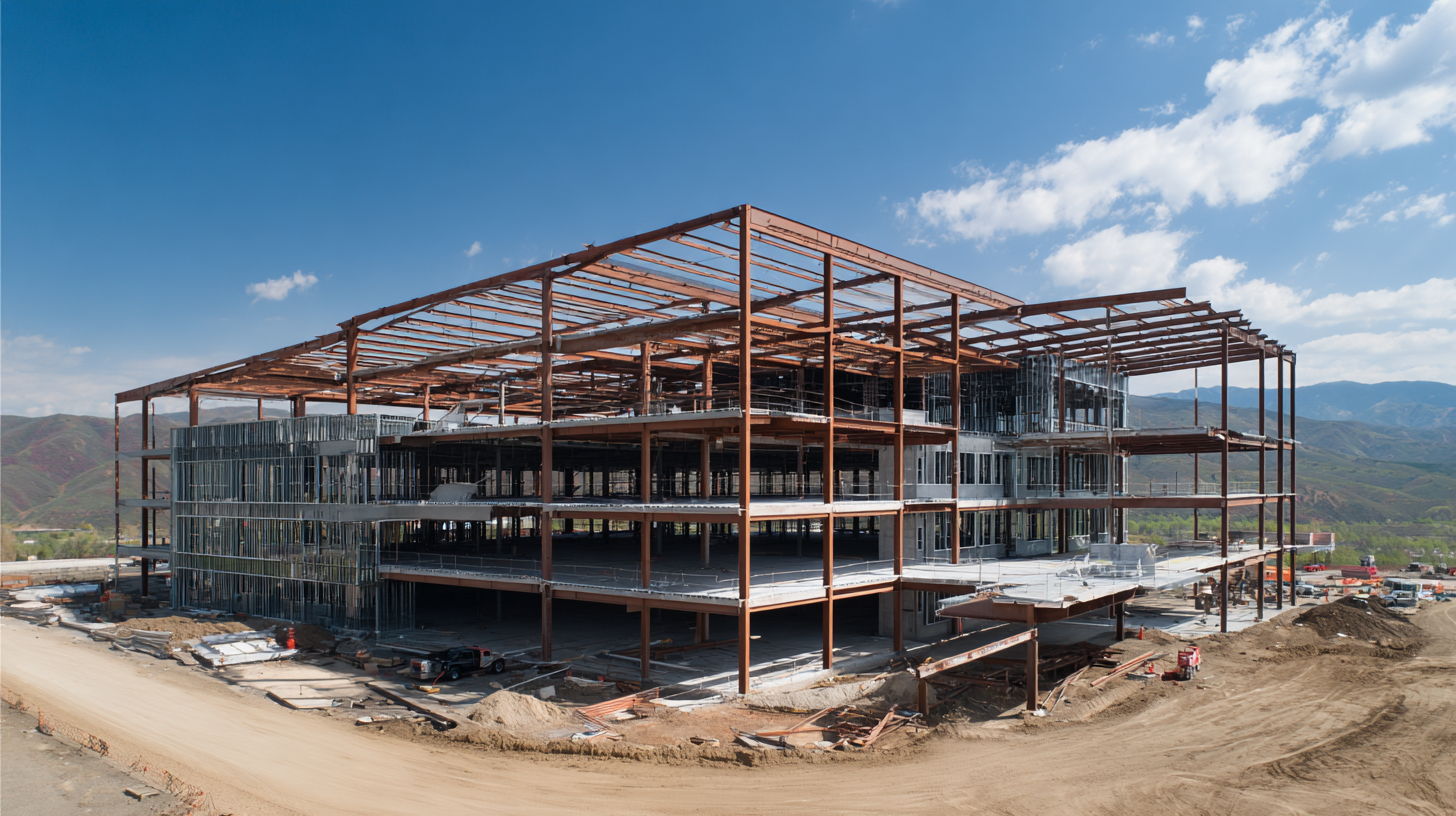
Additionally, the integration of IoT (Internet of Things) devices in steel construction has shown promising results. A study from Deloitte highlights that IoT solutions can reduce operational costs by 7-10% through real-time monitoring of equipment and materials. This technology enables project managers to make data-driven decisions, optimizing resource allocation and enhancing the overall workflow. By leveraging these advanced technologies, construction firms can maximize efficiency while significantly cutting costs, ultimately driving sustainable growth in the steel construction sector.
In the pursuit of optimizing steel construction projects for maximum efficiency and cost savings, several key metrics play a crucial role. One of the most significant metrics is the embodied carbon emissions of materials used during construction. Implementing strategies to reduce these emissions not only minimizes environmental impact but also aligns with the growing emphasis on sustainability in the building sector. By reviewing recent studies on this topic, construction managers can incorporate practices that foster a circular economy, ultimately enhancing both project efficiency and environmental responsibility.
To measure efficiency effectively, it’s essential to consider life cycle assessments (LCA) that evaluate the environmental impact of different construction methods. This approach allows project managers to identify resource recovery opportunities and assess the long-term benefits of using modular steel components. Additionally, leveraging Industry 4.0 technologies—such as data analytics and predictive maintenance—can streamline operations, reduce waste, and increase productivity, leading to significant cost savings.
Tip: Implement a standardized framework for continual measurement of these key metrics throughout the project cycle. Regularly analyze data related to carbon emissions and resource use to identify areas for improvement. This proactive approach not only enhances efficiency but also prepares your projects to meet emerging sustainability standards.
This chart illustrates the key metrics for measuring efficiency in steel construction projects, focusing on the average time taken (in weeks) for various project phases and the corresponding cost savings achieved.
In today's competitive construction landscape, effective cost-benefit analysis is essential for optimizing steel structures. According to a report by the American Institute of Steel Construction, projects that employ a strategic balance between quality materials and cost-efficiency can reduce overall construction costs by up to 20%. This balance not only minimizes expenses but also enhances the durability and longevity of steel structures, which can lead to lower maintenance costs over time.
Moreover, software tools designed for project management and cost estimation are proving invaluable. The National Steel Bridge Alliance found that integrating advanced analytics in the planning stages can lead to cost savings of approximately 15-25%. These tools help project managers assess various quality options against financial metrics, ensuring informed decisions are made throughout the project lifecycle.
By prioritizing this balance of quality and savings, construction professionals can achieve optimum efficiency, ensuring that projects are delivered on time and within budget while meeting stringent safety and quality standards.
Effective project management is vital for optimizing steel construction projects, ensuring that timelines are met while staying within budget. One of the best practices to streamline project management is the implementation of robust communication channels. Establishing clear lines of communication among all stakeholders—from architects and engineers to suppliers and onsite workers—minimizes misunderstandings and delays. Regular meetings and updates can facilitate quick decision-making, allowing teams to address issues as they arise, rather than waiting for periodic reviews.
Another approach is to leverage technology in project management. Utilizing project management software can help in tracking progress, assigning tasks, and managing resources efficiently. By integrating tools that offer real-time data and analytics, project managers can make informed decisions quickly. This not only enhances workflow but also fosters collaboration across various teams, ensuring everyone is aligned on goals and deadlines. By adopting these practices, steel construction projects can achieve timely deliverables and gain a competitive edge in the industry.
| Project Phase | Key Activities | Estimated Duration (Weeks) | Cost Savings Potential (%) | Efficiency Improvement Strategies |
|---|---|---|---|---|
| Design | Initial Concept, Structural Analysis | 4 | 15 | Use BIM Software for Accurate Modeling |
| Planning | Resource Allocation, Timeline Creation | 3 | 10 | Implement Agile Project Management |
| Execution | Material Procurement, Construction | 12 | 20 | Regular Progress Monitoring and Reporting |
| Closure | Final Inspection, Handover | 2 | 5 | Post-Project Review for Future Improvements |
In the field of steel construction, sustainability has become a crucial consideration for optimizing resources and reducing waste. By implementing efficient material management practices, construction projects can minimize excess and ensure that every piece of steel serves its intended purpose. This begins with careful planning and precise measurements to eliminate over-ordering and reduce offcuts. Utilizing advanced technologies, such as Building Information Modeling (BIM), allows for better visualization and coordination, leading to reduced material waste during the construction process.
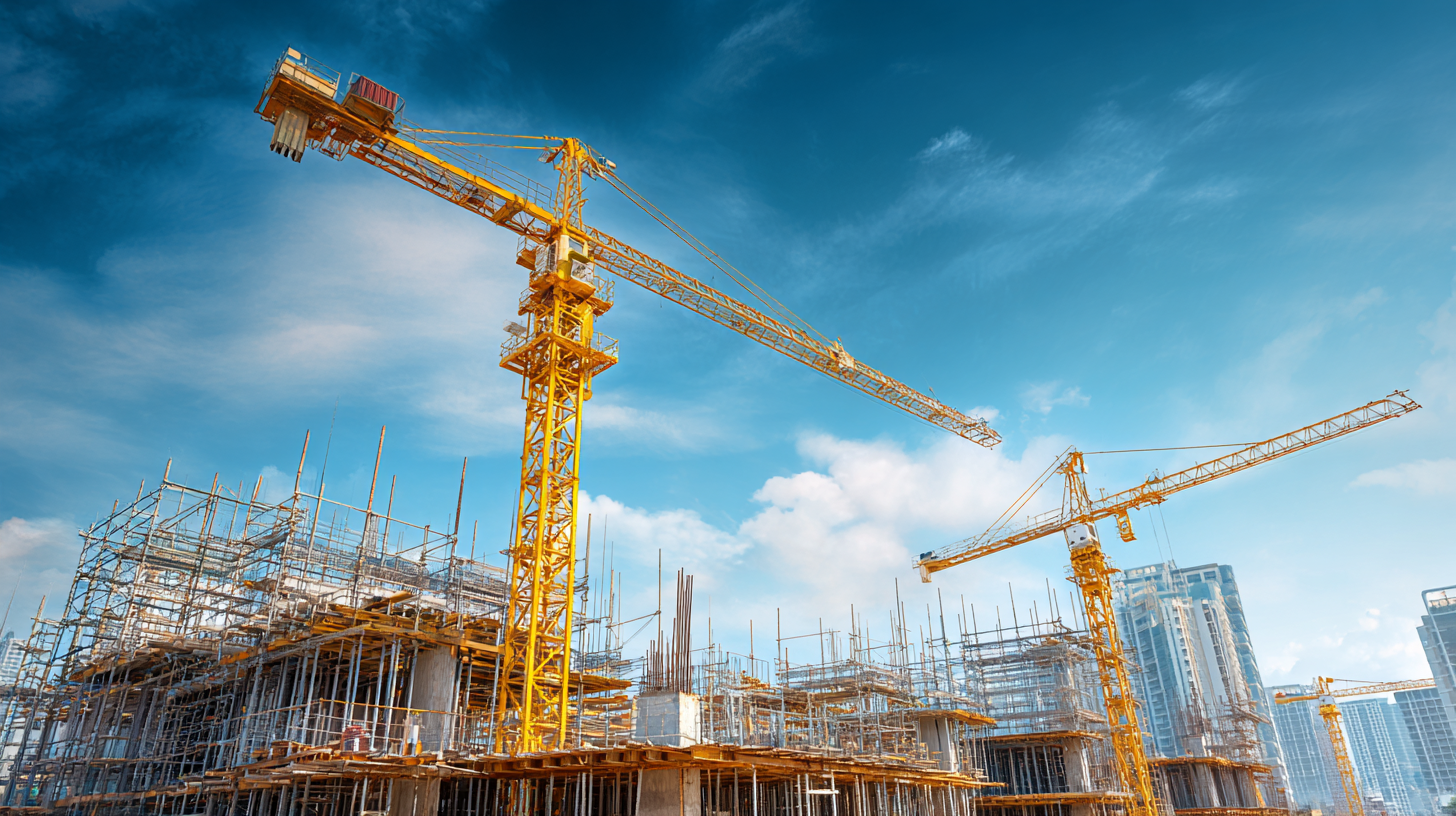
Another vital aspect of promoting sustainability in steel construction is the recycling and repurposing of materials. Steel is inherently recyclable, and adopting a circular economy approach can significantly lower the environmental impact of construction projects. Engaging with suppliers who prioritize sustainable practices helps ensure on-site materials are sourced responsibly. Furthermore, integrating energy-efficient manufacturing processes not only reduces waste but can also lead to substantial cost savings, reinforcing both economic and environmental benefits. By focusing on these strategies, steel construction projects can achieve greater efficiency while paving the way for a more sustainable future.

